Least Developed Countries Report

The Least Developed Countries Report 2024
Leveraging Carbon Markets for Development
Policymakers in the least developed countries are under pressure to transform carbon markets into a viable pathway to deliver on the Sustainable Development Goals and low-carbon structural transformation. This begs the question of whether and how these markets can both address the unique challenges of these countries and help them to contribute to global efforts to mitigate climate change. The report highlights the outcomes of past and current participation by least developed countries in carbon markets and identifies opportunities and risks from the emerging framework for carbon markets under the Paris Agreement. Towards the maximization of the benefits of carbon markets for LDCs, the report provides actionable recommendations for least developed country policymakers and climate negotiators, and for their development partners.

The Least Developed Countries Report 2023
Crisis-resilient Development Finance
In 2023, the combined GDP of the LDCs was 10 per cent below the level it would have reached had the pre-pandemic (2010-2019) growth trend been sustained. As a result, at least an additional 15 million people in LDCs are now living in extreme poverty, with their governments severely constrained in their ability to sustain adequate investments in public services or invest in advancing development progress. The Report highlights the urgent need for concerted action to restore fiscal space in LDCs through the lasting resolution of the debt crisis, reform of the international financial architecture, and the mobilization of climate finance to enable needed investments towards low-carbon transition and green structural transformation. Without which, the SDGs and sustainable development cannot be realised. The Report advances several recommendations aimed at advancing the reform of global development finance, which in its current state, is deficient in terms of its quantity, quality, structure, cost and ease of accessibility. The Report also contains a detailed analysis of the possible role of central banks in shaping the financing of sustainable development and green structural transformation in LDCs. While the contribution of central banks to dealing with climate change has been discussed in developed countries, this is the first time this type of analysis is done in the context of the LDCs.
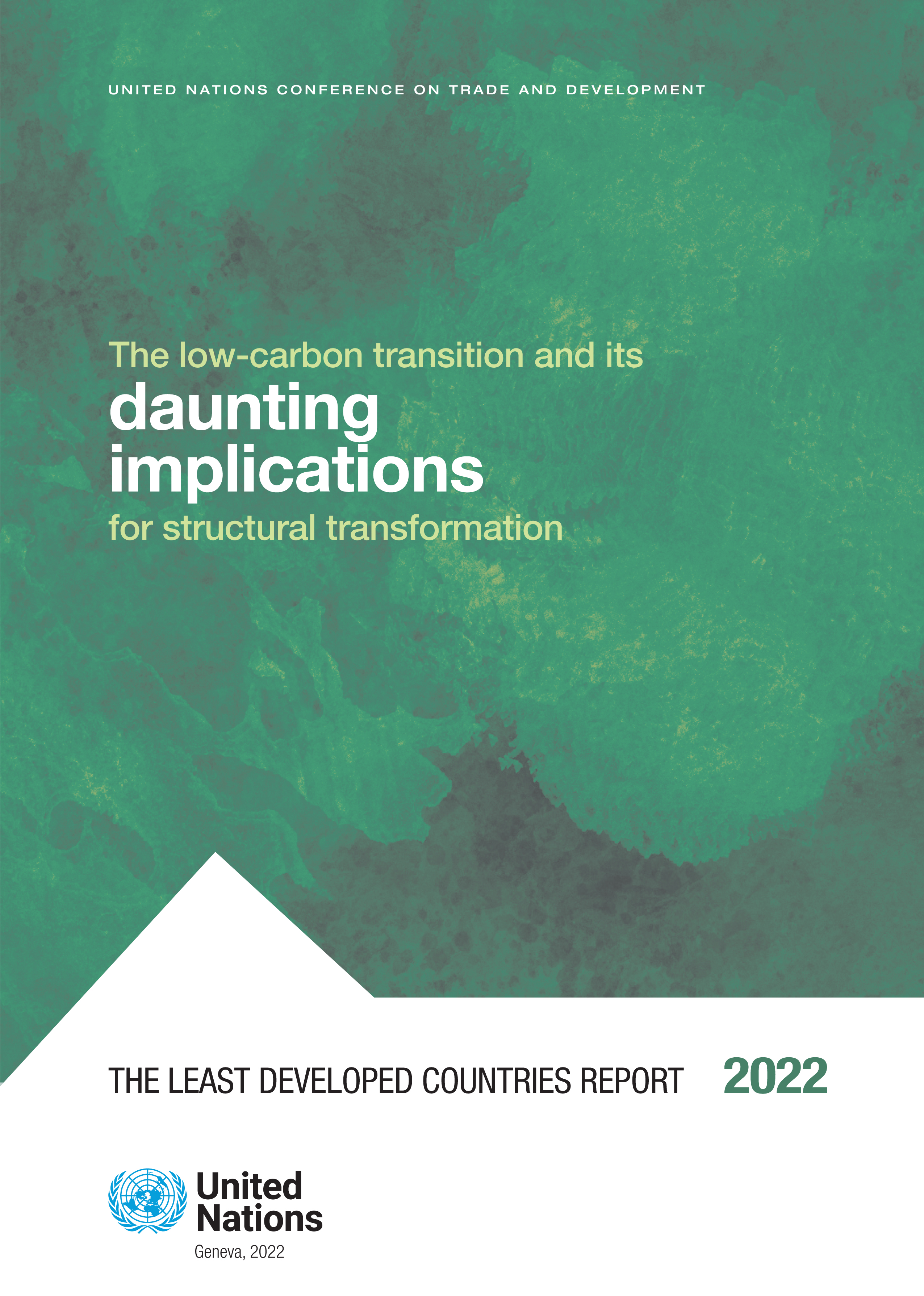
The Least Developed Countries Report 2022
The Low-carbon Transition and Its Daunting Implications for Structural Transformation
LDCs, which bear the least historical responsibility for climate change, are on the front lines of the climate crisis. The Report highlights the development strategies and policies which they need to enact to reach the ambitious objectives to which they have committed, and the painful trade-offs between climate action and accelerated progress towards fulfilling their right to development they will need to navigate in the challenging international economic and environmental context. Nowhere is the need for a “Just energy transition” starker than in the LDCs but the Report shows that despite this harsh reality, international support for LDC adaptation and sustainable development has fallen remarkably short of what is needed, both in terms of climate finance and of access to clean technologies. The Reports calls on the international community to be mindful of the institutional and capacity constraints that create scope for maladaptation in LDCs and to enhance targeted assistance to LDCs in line with their need for special and differential treatment.
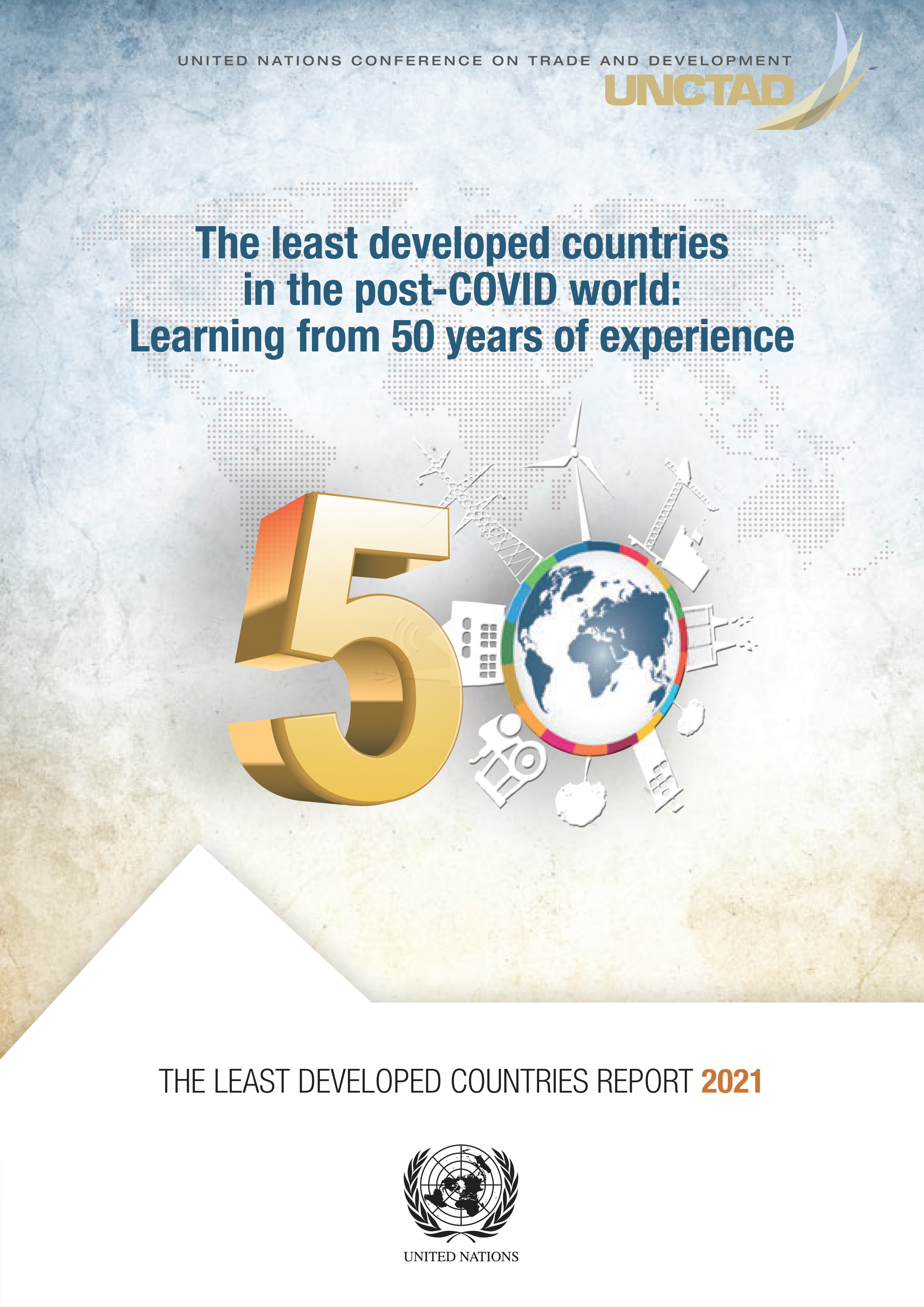
The Least Developed Countries Report 2021
The Least Developed Countries in the Post-covid World – Learning From 50 Years of Experience
This publication takes stock of 50 years of development experience since the establishment of the LDC category in 1971. Most LDCs growth has been erratic, and they have not closed the income gap with other developing countries. This stems largely from the inefficacy of domestic and international policies in addressing structural impediments to structural transformation, i.e. low level of productive capacities, excessive export orientation, limited policy space, weak state capacity, technological backwardness, limited entrepreneurial development and insufficient investment in human capital formation. For the coming decade, the report proposes an overhaul of development policies and strategies in favour of initiatives that are centred on the development of productive capacities and led by a developmental state, which successfully aligns foreign agents’ dealings with LDCs to national development goals and priorities.
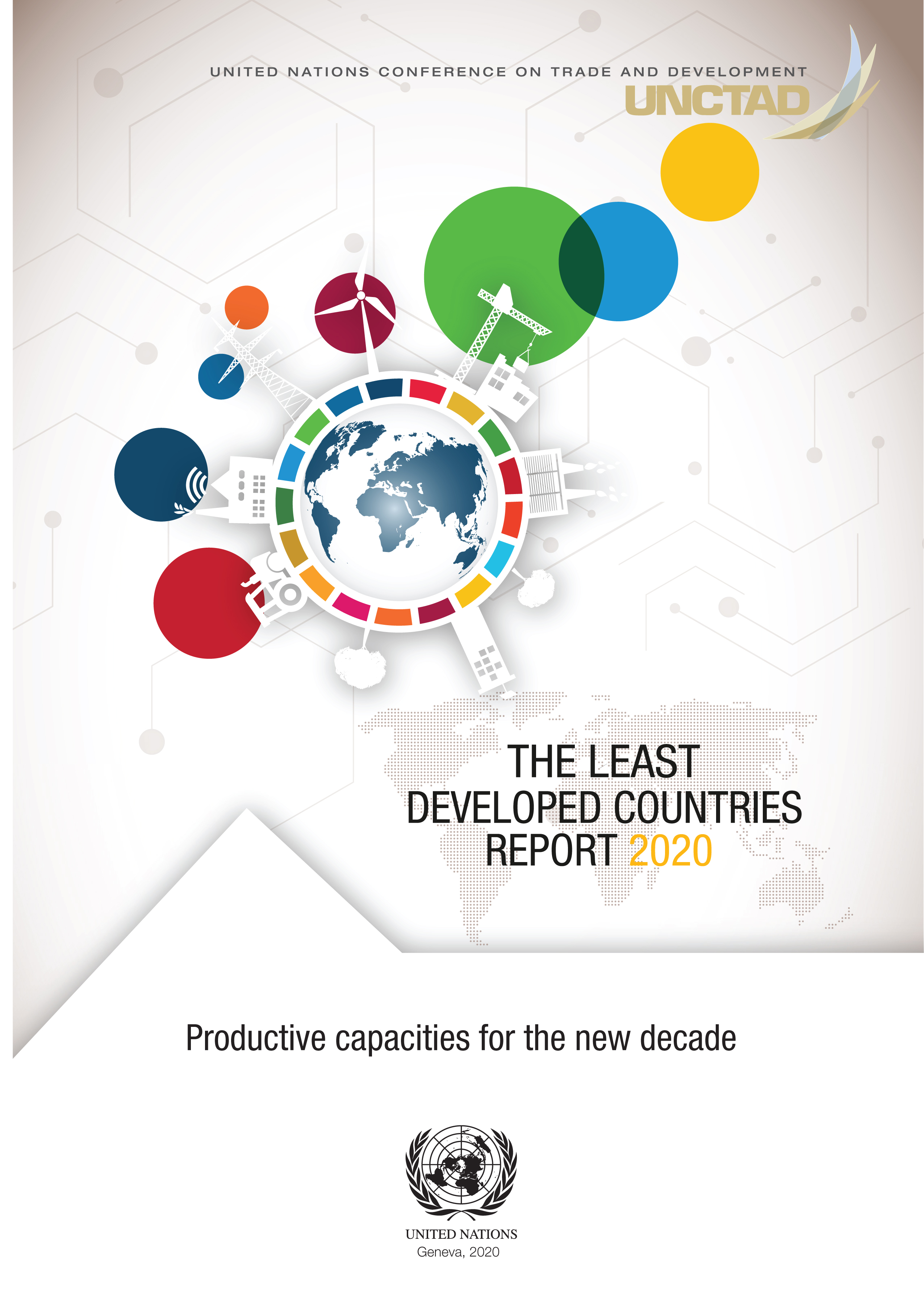
The Least Developed Countries Report 2020
Productive Capacities for the New Decade
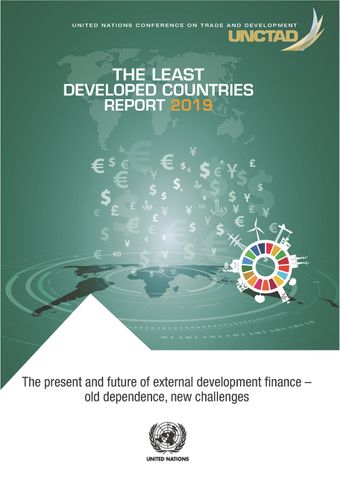
The Least Developed Countries Report 2019
The Present and Future of External Development Finance - Old Dependence, New Challenges
This report provides a comprehensive source of socio-economic analysis and data on the world's most impoverished countries. It calls for least developed countries (LDCs) to ensure that external finance from all sources is directed to national development priorities, and urges the international community to scale up its support toward this goal. Persistent shortfalls in domestic savings in the least developed countries make them heavily dependent on external finance. The least developed countries are most dependent on official development assistance. Official development assistance is essential for LDCs to achieve the Sustainable Development Goals and eventually escape aid dependence.

The Least Developed Countries Report 2018
Entrepreneurship for Structural Transformation - Beyond Business as Usual
For Least Developed Countries (LDCs) to progress towards the Sustainable Development Goals, they need to transform the structure of their economy. This, in turn, requires entrepreneurship that innovates. The entrepreneurial landscape in LDCs is dominated by micro and small enterprises with low chances of survival and growth, and scant innovation. While LDCs are part of global value chains, these provide only limited opportunities of entrepreneurship development and upgrading. Most LDCs policies and programmes for entrepreneurship aim at job creation, poverty reduction and women and youth empowerment. For entrepreneurship to be a driving force towards structural transformation, policies need to target and support high-potential firms.
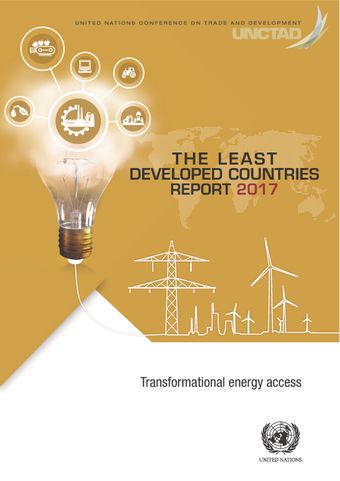
The Least Developed Countries Report 2017
Transformational Energy Access
This report focuses on the role of access to modern energy in economic structural transformation - a critical issue both for the least developed countries (LDCs) and for the 2030 Agenda for Sustainable Development. The report focuses on the particular circumstances, challenges and experiences of the LDCs. Second, the report focuses on transformative energy access - an approach to universal access that goes beyond basic household needs to provide the means for structural transformation of LDCs' economies through the development of more productive modern activities and sectors. Third, it shows the role of structural transformation in increasing energy access, by generating sufficient additional demand for electricity for productive uses. Finally, it presents new estimates of the investment costs of universal access to electricity and transformative energy access in LDCs.
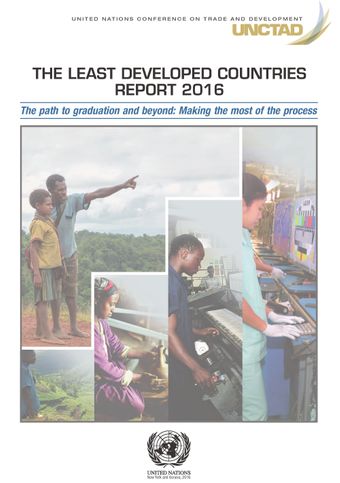
The Least Developed Countries Report 2016
The Path to Graduation and Beyond: Making the Most of the Process
Graduation is the process through which least developed countries (LDCs) cease to be members of the LDC category, in recognition of their advances in development. In principle, it marks a shift from dependency to a greater degree of self-sufficiency and emergence from the development "traps" which beset LDCs. However, the loss of access to international support measures (ISMs) tied to LDC status at graduation can give rise to important economic costs, including an estimated 3–4 per cent of export revenues in the case of trade preferences. During the 45 years since the establishment of the LDC category, only four countries have graduated from LDC status; and the Report's projections indicate that the target of half of the LDCs graduating by 2020 is unlikely to be met. This partly reflects the inadequacy of the existing ISMs. The projections also suggest a fundamental shift in the composition of the group, which by 2025 will consist almost entirely of African countries and include only one small-island economy. The Report argues that graduation should be viewed as part of a longer and broader development process, and emphasizes the need for "graduation with momentum" - an approach which goes beyond fulfilment of the statistical criteria for graduation to lay the foundations for future development. This means prioritizing structural transformation of the economy, development of productive capacities, upgrading technology and raising productivity. The Report highlights several policy areas essential to achieve "graduation with momentum" - rural transformation, industrial policy, science, technology and innovation policy, finance and macroeconomic policy, employment generation and women's empowerment. It calls on the international community to contribute by fulfilling their commitments in areas such as aid and technology. It also suggests possible revisions to the graduation criteria to reflect more appropriately issues such as structural transformation, environmental sustainability and gender equality.
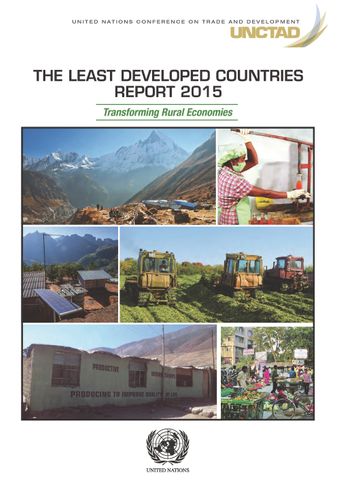
The Least Developed Countries Report 2015
Transforming Rural Economies
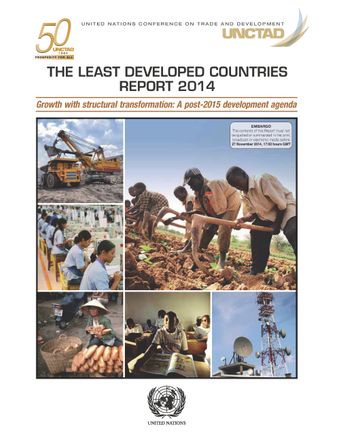
The Least Developed Countries Report 2014
Growth with Structural Transformation - Post-2015 Development Agenda for LDCs
As we reach the target date to meet the Millennium Development Goals (MDGs), the LDC Report analyses the performance of the LDCs in progressing towards these goals and provides a framework for their development policies in the post-2015 period. The Report shows that there is a high degree of differentiation among LDCs’ performance towards the MDGs, but most of these countries will not be able to attain most MDGs. This disappointing outcome is surprising given that LDCs have experienced historically high economic growth rates over the last 20 years, and domestic and international policies for LDCs have set MDGs as top priority. In the coming post-2015 period, the LDCs will face the challenge of achieving the sustainable development goals (SDGs), for which structural transformation will be a precondition.
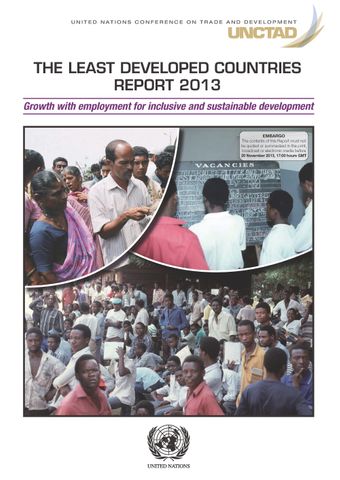
The Least Developed Countries Report 2013
Growth with Employment for Inclusive and Sustainable Development
The Least Developed Countries Report 2013 analyses the employment challenge of the Least Developed Countries (LDCs). Demographic projections indicate that around 225 million people in LDCs will be entering the labour force until 2030. Hence, creating sufficient and decent employment opportunities for all will be a real challenge. However, recent experience shows that the link between growth and employment in LDCs is not automatic. The LDC Report 2013 aims to raise awareness and galvanize the attention of policymakers to the magnitude of the problem. It also reviews and analyses recent labour market performance of the LDCs, compares it with the future needs in relation to job creation, and elaborates concrete policy recommendations for growth with employment.
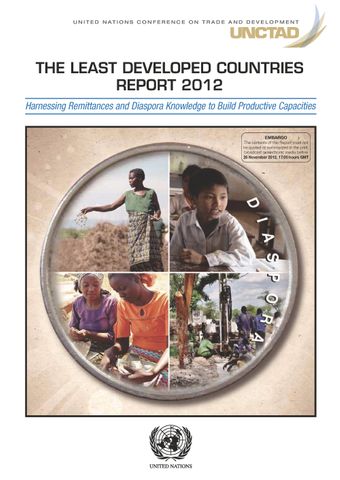
The Least Developed Countries Report 2012
Harnessing Remittances and Diaspora Knowledge for Productive Capacities
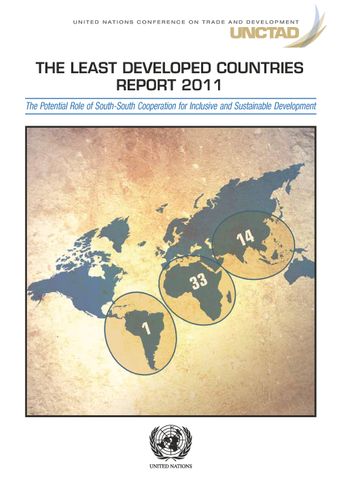
The Least Developed Countries Report 2011
The Potential Role of South-South Cooperation for Inclusive and Sustainable Development
In light of the current economic difficulties facing traditional development partners and the non-sustainable and non-inclusive nature of performance of the Least Developed Countries (LDCs) over the last decade, LDC governments need new development paths to tap into dynamic growth poles in the South. This publication explores the role of South-South cooperation and regional developmentalism, and finds that, in order to benefit from evolving South-South relations, LDCs need to transform into Catalytic Development States that are highly sensitive to LDC vulnerabilities and offer new policy agendas.
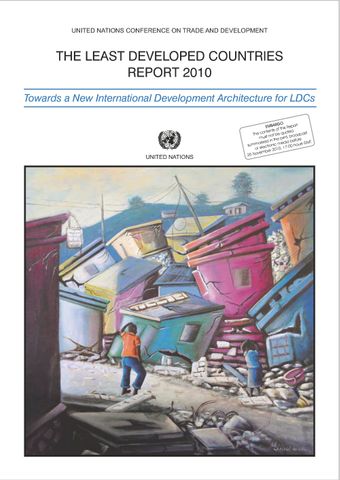
The Least Developed Countries Report 2010
This report calls for the creation of a new international development architecture (NIDA) for the LDCs aimed at: a) reversing their marginalization in the global economy and helping them in their catch-up efforts; b) supporting a pattern of accelerated economic growth and diversification to improve the well-being of all their people; and c) helping them graduate from LCD status. The NIDA for LDCs would be constituted through reforms of the global economic regimes which directly affect development and poverty reduction in LDCs, and through the design of a new generation of special international support mechanisms for the LDCs aimed at addressing their specific structural constraints and vulnerabilities. Increasing South-South cooperation could play an important role in a NIDA for LCDs. The Report proposes five major pillars of the NIDA: finance, trade, commodities, technology, and climate change mitigation and adaptation and identifies a forward-looking action.
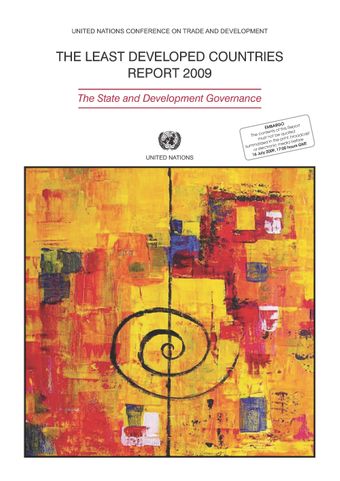
The Least Developed Countries Report 2009
The Least Developed Countries (LDCs) are a group of countries that have been classified by the United Nations as least developed in terms of their low GDP per capita, their weak human assets and their high degree of economic vulnerability. This Report argues that the impact of the global economic crisis is likely to be so severe in LDCs that “business as usual” is no longer possible. The crisis offers the necessity and opportunity for change. The Report sketches out a concrete, alternative economic strategy and a fresh agenda for LDC policymakers, which includes institutional capacity-building and the strengthening of the market-complementing developmental State.
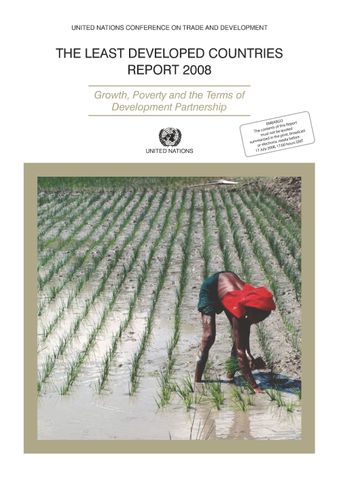
The Least Developed Countries Report 2008
Growth, Poverty and the Terms of Development Partnership
This report assesses recent trends in growth and poverty in the least developed countries (LDCs), as well as changes in terms of development partnership. It discusses the fact that rapid economic growth in the LDCs has been associated with a slow rate of poverty reduction and slow progress towards the Millennium Development Goals. The report also considers progress towards country-owned development strategies in LDCs and the role of recipient- led aid management policies at the country level as a practical policy mechanism to strengthen country ownership.
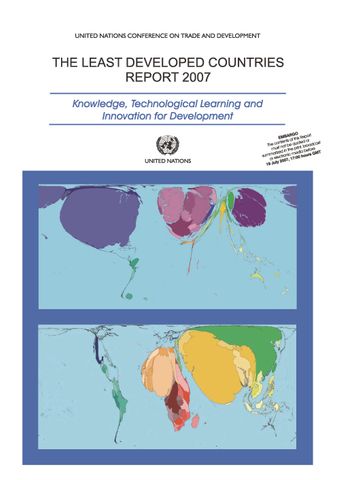
The Least Developed Countries Report 2007
Knowledge, Technological Learning and Innovation for Development
The Least Developed Countries are a group of 50 countries that have been identified as “least developed” in terms of their low GDP, their weak human assets and their high degree of economic vulnerability. The 2007 edition of the Report focuses on national and international policies that promote knowledge as a catalytic input to the development of productive capacities in the Least Developed Countries. The Report discusses mechanisms and policies to enhance technology transfers to these countries; the role of intellectual property rights and related incentive systems; and the ways in which foreign aid can be used to promote technological learning and innovation capabilities in the Least Developed Countries.
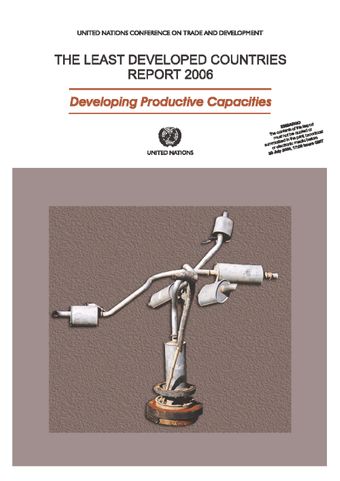
The Least Developed Countries Report 2006
Developing Productive Capacities
The Least Developed Countries are a group of 50 countries which have been identified as “least developed” in terms of their low GDP per capita, their weak human assets and their high degree of economic vulnerability. The 2006 Report focuses on the development of productive capacities for sustainable pro-poor economic growth strategies and an analysis of the progress made on some of the quantified targets of the Programme of Action agreed during the Third UN Conference on the Least Developed Countries.
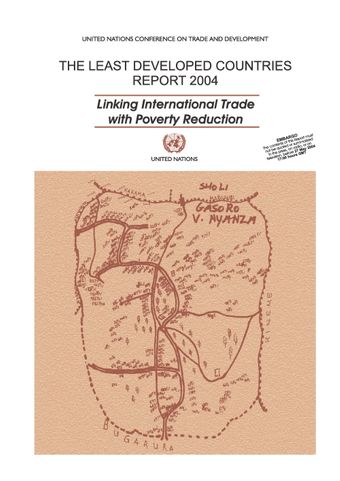
The Least Developed Countries Report 2004
Linking International Trade with Poverty Reduction
This annual report reviews recent economic trends in the least developed countries (LDCs), focusing on their efforts to escape the poverty trap. The 2004 edition, examines the relationship between international trade and poverty within LDC’s, and identifies national and international policies that can make trade a more effective mechanism for poverty reduction in these countries. It also reveals the obstacles faced by LDCs when they implemented deep trade liberalization measures in the 1990s. The report is a valuable source of information for government officials, academics, researchers, the media, and members of public and private sector interested in the social and economic advancement of developing countries.
